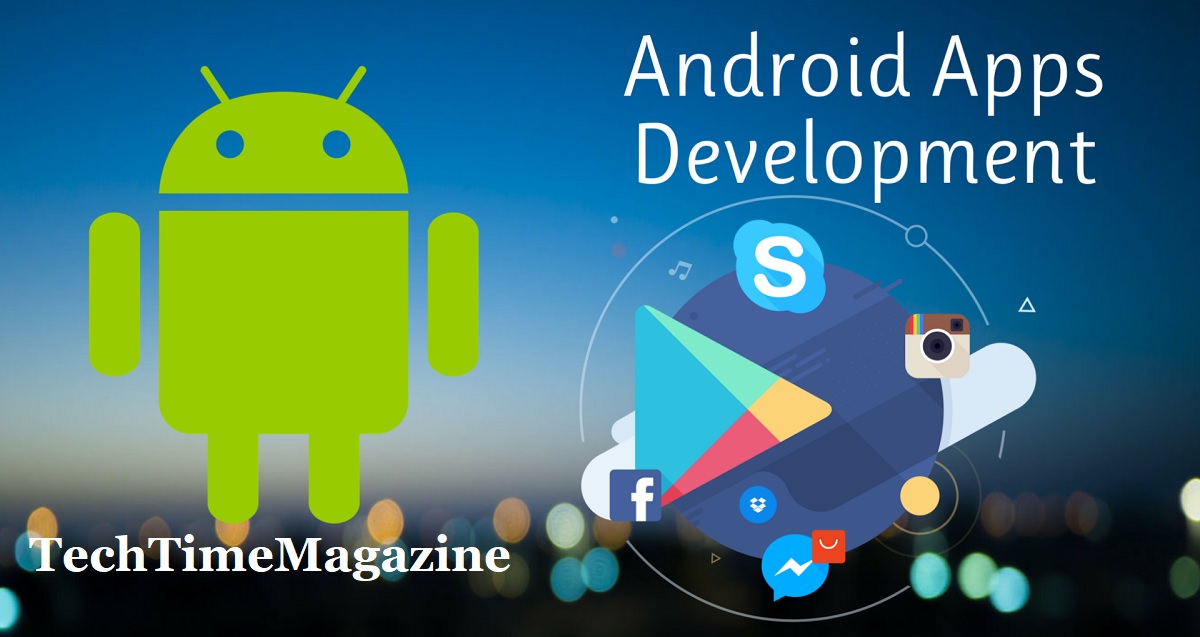Mobile applications become an essential part of our daily lives in today’s fast-paced digital world. From social networking and entertainment to productivity and e-commerce, the demand for innovative and user-friendly Android apps is soaring. Android, the world’s most popular operating system, provides a fertile ground for developers to create impactful applications catering to a diverse audience. Hire the top United States companies for Android app development.
Android App Development
In this comprehensive guide, we will delve into the world of Android app development, exploring its nuances, tools, and best practices:
The Android Ecosystem:
Before diving into the technical aspects of Android app development, it’s essential to understand the broader ecosystem. Android, developed by Google, powers billions of devices globally. Its open-source nature allows developers to create smartphones, tablets, smart TVs, wearables, and more apps. The Android ecosystem also includes the Google Play Store, where users download and update apps, making it a lucrative platform for developers to showcase their creations.
Tools and Technologies:
To embark on your Android app development journey, you need a solid grasp of the tools and technologies that power the process. The Android Studio, an integrated development environment (IDE) by Google, is the industry standard. It offers a feature-rich environment for coding, debugging, and testing applications. Kotlin, a modern programming language endorsed by Google, has gained popularity over Java for Android development due to its concise syntax and enhanced safety features.
The Fundamentals of Android App Development:
Building An Android App Requires A Solid Understanding Of Key Concepts:
Activities And UI Design:
Activities are the building blocks of Android apps, representing individual screens. Effective UI/UX design is crucial for user engagement. Android provides various layout options, including XML-based layouts and ConstraintLayout, for creating visually appealing interfaces.
Intents enable communication between different app components, allowing users to move between activities seamlessly. The navigation components introduced by Google simplify the navigation flow, ensuring a consistent user experience.

Data Storage:
Android apps often require data storage. The platform provides options such as Shared Preferences for lightweight data, SQLite databases for structured storage, and Room Persistence Library for more complex data management.
Building Dynamic Apps:
To Create Dynamic And Interactive Apps, Developers Can Integrate The Following Elements:
Fragments:
Fragments enable modular UI designs and adaptability across various device sizes and orientations. They can be combined within activities to create flexible and reusable UI components.
Networking and APIs:
Android apps frequently interact with remote servers using APIs. Libraries like Retrofit and OkHttp simplify networking tasks, enabling seamless data exchange.
Background Processing:
To ensure a smooth user experience, certain tasks like data synchronization and updates should occur in the background. Android provides tools like AsyncTask, Handlers, and WorkManager for effective background processing.
Enhancing User Experience:
Creating An Exceptional User Experience Sets Successful Apps Apart. Incorporating The Following Techniques Can Elevate Your App’s Usability:
Material Design:
Google’s Material Design guidelines offer a framework for visually appealing and consistent user interfaces. It uses shadows, animations, and transitions to enhance the user experience.
Performance Optimization:
Optimizing app performance is crucial for retaining users. Techniques like lazy loading, image compression, and reducing unnecessary network calls can significantly improve app responsiveness.
Accessibility:
Designing for accessibility ensures that individuals with disabilities can use your app. Implementing features like screen readers, contrast ratios, and scalable text sizes caters to a broader user base.
Testing and Debugging:
Thorough testing and debugging are essential to delivering a stable app. Android Studio provides tools like the Android Emulator and Device Manager for testing on different devices and configurations. Unit testing and instrumentation testing frameworks help identify and rectify bugs early in the development cycle.
Publishing and Distribution:
Once Your App Is Polished And Ready For Release, The Final Steps Involve Publishing And Distribution:
Google Play Store:
To publish your app on the Google Play Store, you’ll need to create a developer account and follow the content, design, and security guidelines. Google Play Console offers insights into app performance and user feedback.
App Signing and Security:
Google Play App Signing enhances app security by generating and managing app signing keys. This prevents unauthorized access to your app’s code and resources.
Staying Updated:
The field of Android app development is constantly evolving. Keeping up with the latest trends, updates, and best practices is essential to remain competitive. Engage with the developer community through forums, blogs, and conferences to learn from others and share your knowledge.
Conclusion
Android app development offers opportunities for creative minds to bring their ideas to life. By mastering the tools, technologies, and best practices outlined in this guide, you can craft impactful apps that resonate with users and contribute to the vibrant Android ecosystem.
TechTimeMagazine Software Solutions offers the best Android app development services in the market! Remember that every successful app starts with a solid foundation of knowledge, continuous learning, and a passion for innovation. So, confidently embark on your Android app development journey, and watch your ideas transform into reality.

